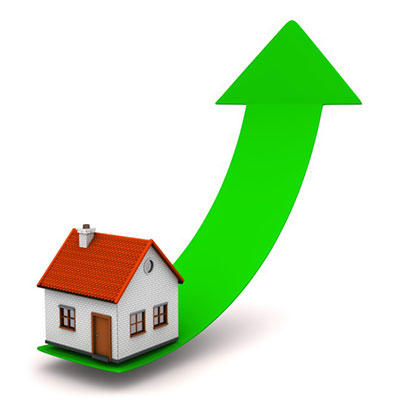Taylor Wimpey Confident in the Strength of the Housing Market
Taylor Wimpey, one of the UK’s largest housebuilding firms, remains confident in the strength of the UK housing market, according to its latest trading update.
Looking at the second half of the year so far, the builder reports that the housing market has remained positive, with a high level of customer confidence. Customers are currently benefitting from a competitive mortgage environment, with a wide choice of mortgage products available across a range of loan-to-value ratios.
Current trading
Taylor Wimpey claims that underlying trading is stable across its core geographies. While the wider London market remains positive and in line with the rest of the UK, as previously expected, the central London market has slowed during the year, it says. In Zones 1 and 2, prices have softened slightly at the higher end of the market, although demand remains high in this sector.
The firm’s sales rates for the year to date have remained strong, at 0.75 sales per outlet per week (0.76 in 2015). For the second half of the year to date, sales rates stand at 0.70 (0.74 in 2015).
Cancellation rates for the year to date remain low, at 13% (11% in 2015). During the period, Taylor Wimpey operated on an average of 291 outlets (301 in 2015).

Taylor Wimpey Confident in the Strength of the Housing Market
The firm reports that it is fully sold for its targeted 2016 completions, and is building its order book for 2017 and beyond. As of 6th November, it is around 23% forward sold for its expected 2017 private completions. The current total order book, excluding joint ventures, is ahead of last year and represents 8,981 homes (8,529 in 2015), standing at £2.3 billion (£2.1 billion in 2015).
Build costs
As previously expected, build costs are predicted to increase by around 3-4% during 2016, with the majority of cost pressures coming from labour, where skilled resource availability has improved, but not at the same rate as the increase in new home supply.
While the firm does expect to see some impact on input prices from the moving exchange rate, it does not expect this to be significant, due to the low level of direct imports. It forecasts underlying build cost increases in 2017 to be at a similar level to 2016.
Land and planning
The land market remains positive, claims the firm. While it continues to exercise an appropriate level of caution following the EU referendum and subsequent economic uncertainty, it has continued to progress attractive land deals.
In the year to 30th October, it added around 11,500 plots to its short-term landbank. With a high quality short-term landbank, which is at the optimum scale for the business, alongside a continued strong conversion rate, Taylor Wimpey remains focused on the quality of individual sites and structure of commercial terms to add value.
Outlook for the future
While the implications of the EU referendum are still unclear, the UK housing market has remained resilient, says the firm, with long-term fundamentals underpinned by strong demand.
Looking ahead, the housebuilder remains confident that its business model and strategy positions it to perform well through all market conditions.
The Chief Executive of Taylor Wimpey, Pete Redfern, comments on the report: “Trading during the second half of 2016 and into the autumn selling season has been strong, with good levels of customer confidence and demand, underpinned by a wide range of mortgage products.
“While there remains some uncertainty following the UK’s vote to leave the European Union, we are encouraged to see that the housing market has remained robust, and trading has remained resilient. We have a strong order book position for 2016 and going into 2017, and we will maintain our focus on delivering our medium-term targets.”
He adds: “Looking ahead, we continue to implement our disciplined strategy, which ensures that we are well placed to perform well through all market conditions and deliver enhanced value through the cycle.”
Does the housebuilder’s confidence indicate that the country is on its way to creating the homes we so desperately need, despite economic uncertainty?





